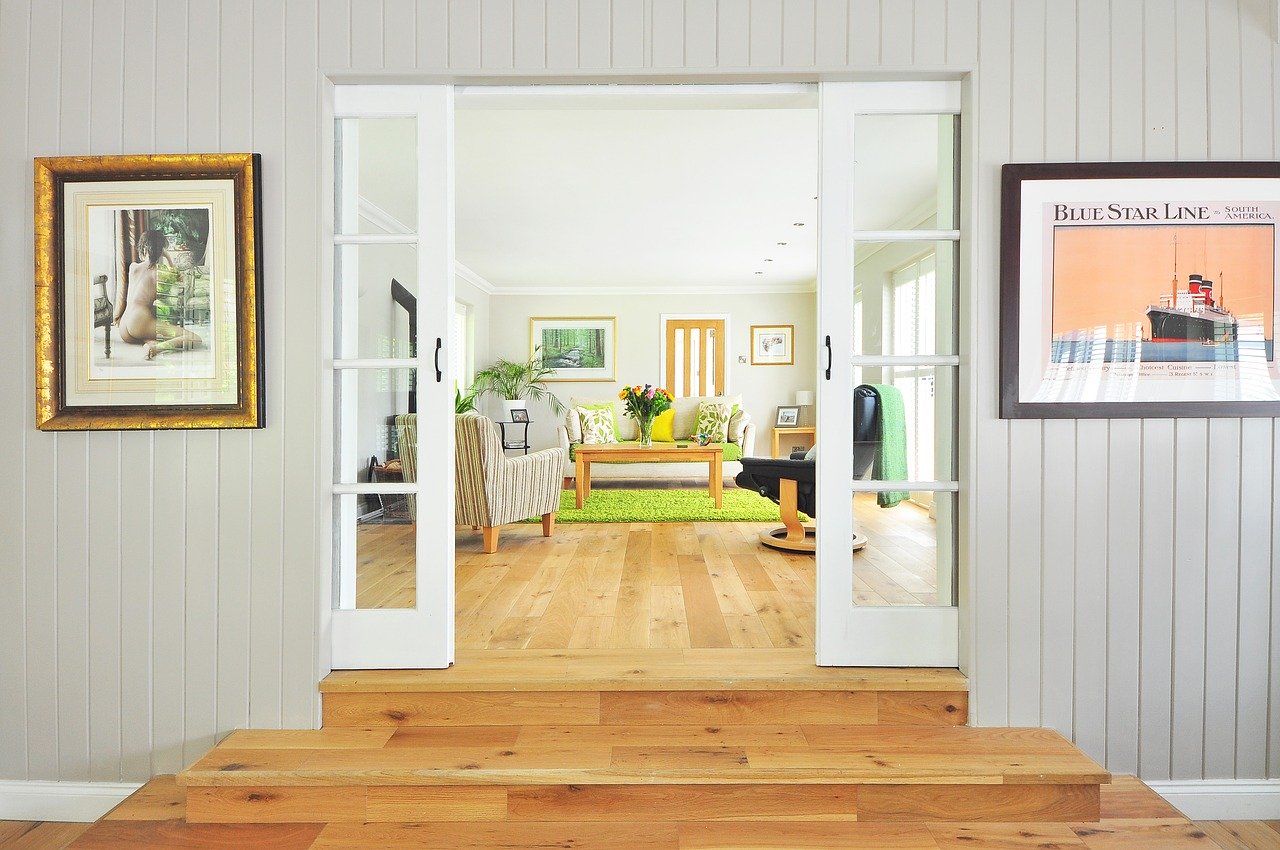How to Create a Truly Sustainable Home


Livos eco friendly oils in finished project
Livos offer healthier, sustainable and more economical alternatives to the traditional coating systems such as oils, paints and finishes. The Livos products are manufactured under the Rudolf Steiner principle of using natural raw materials that are completely biologically degradable. All products have a FULL ingredient listing with no harmful chemicals. Due to the nature of the products you can easily repair or rejuvenate a surface without needing to re-sand. The product range is extremely versatile and may be used on many various surfaces. As part of the company, they also supply the service of sanding and oiling timber floors, including oiling of concrete floors in Victoria and interstate.
Owner of Livos, Angela, told me that a truly sustainable design means considering the environmental impact of all construction materials, right down to the paints and finishes. ‘Architects, designers, trades people and home owners should investigate the many options available for healthy, environmentally responsible living. We all know, and data confirms, that we spend most of time indoors. This unfortunately seems to be an ever-increasing trend especially with the younger generation. If this is the case, is it not more important to consider what we incorporate inside when it comes to a new build or renovation?’ she says.
When you start a building project, preliminary decisions are made early in the design and construction phases of a building. Often as the interior finishing stage is towards the end of the build, the actual analysis of the paints and coatings can be overlooked. This can be due to many factors including delays and variations in schedule, builders not being informed, or trades reluctant to use anything but what they know. However your choice of building materials and coatings will have long-term ramifications on many levels.
1. Health
‘A sustainable home – that being one built with principles of passive design – is not necessarily a healthy one,’ explains Angela. ‘Whilst the building of the home may consider things like the orientation on the block, use of earth walls for thermal mass, the water supply and be self-sufficient in energy, it does not mean the indoor air quality has been considered.’
When planning a renovation or new build, ensure you factor your choice of finishes, paints, oils, furniture etc into the early stages. This allows you to make sure you have a truly sustainable and healthy home. We have spoken before on the blog about why this is important.
Here are some of Angela’s points to consider:
- Consider why some paints do not smell as they used to? Yes, they are produced differently with VOC (Volatile Organic Compounds) in mind, but is this enough?
- What other additives are being used to mask this smell? They smell less, but are more scrubbable and have an increased range of colours, so what is the impact of this?
- Why are homeowners still reacting to products that have “low” VOC? Are you aware that many synthetic products continue to off gas for weeks and some, many months after the coating has dried?

Livos eco friendly oils in finished project
2. Embodied energy
The embodied energy is the total sum of energy used in the lifecycle of a product. The more natural a product is, the less it is processed. This means less energy and water usage in its manufacture. ‘If a product is made from renewable raw materials, you can safely assume that it is of no harm to the environment. You can also assume that the substrate that it is used on can be safely reused, recycled or composted. The choice of materials can significantly change the amount of embodied energy of a project,’ explains Angela. This is why buying locally and using recycled materials can be such an important part of the process.
 3. Maintenance
3. Maintenance
By investing in quality and correctly maintaining things, such as a piece of furniture, you can increase the potential for reuse and recycle. Products manufactured using renewable raw materials are designed to help people reduce their environmental footprint. You can also safely assume that you would have less issues with something found in nature, than something that is processed. Angela says whatever the surface and whatever the product, keep in mind long term use:
- How is the surface to be kept looking as optimal as possible?
- Will you need to redo the whole process again e.g. sanding back varnished floors?
- Are the maintenance products you need to use safe for people and the environment?
- Always check for the full ingredient listing.
Buildings should be designed and built with as many sustainable features as possible. Consider not only the construction of the home, but also very importantly, the choice of products and furnishings you select. Choose wisely, and not only will your health thank you for it, but also your hip pocket, as you will get many more years out of the things you build and decorate your home with – a win win situation!
Find out more here
xx Helen – thank you to Angela for all the information in this post!
Update from a post originally created in 2017

 3. Maintenance
3. Maintenance
Wow This is an amazing post! Thanks for sharing it. That timber floor and furniture looking so beautiful.
thanks for reading!